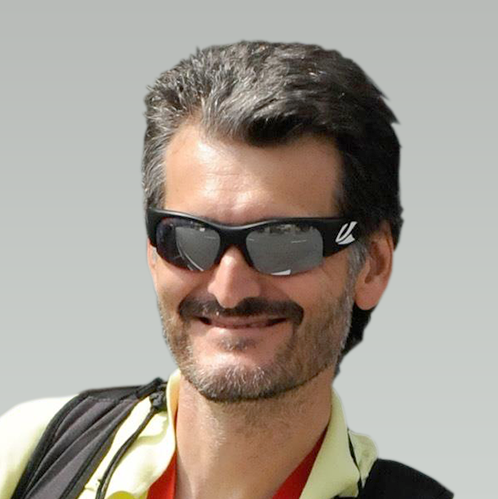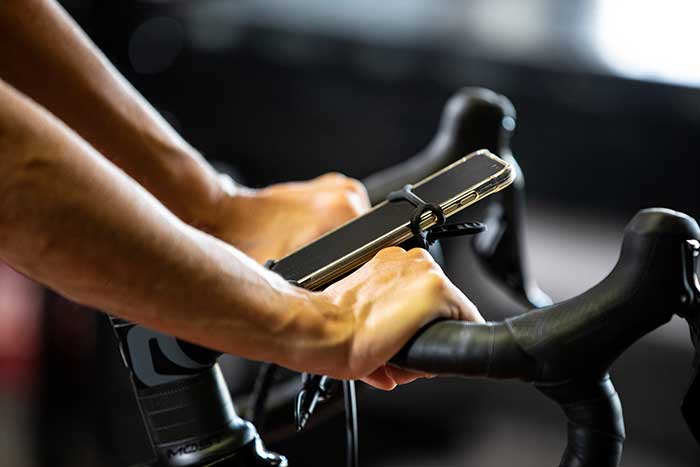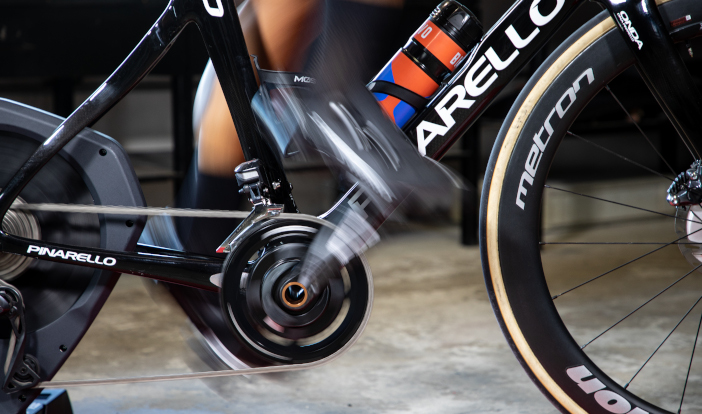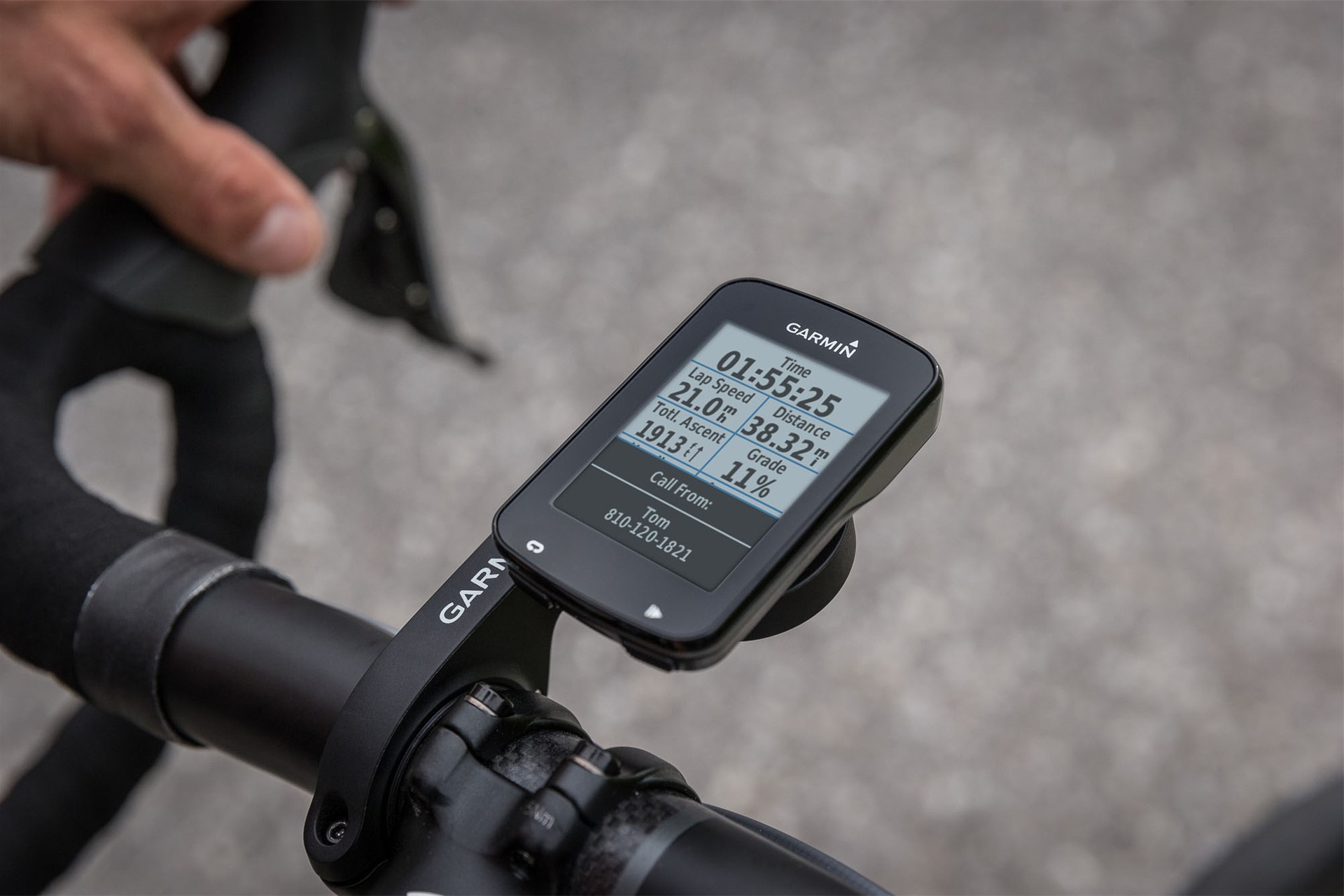How to interpret volume, intensity, quality, and cadence?
The use and interpretation of data in cycling has been facilitated thanks to the diffusion of consumer electronics. In the ‘90s the first portable devices for cyclists showed only the essential data for navigation and training, such as speed, time, and distance. The more sophisticated devices could also show cadence. During training or races, cyclists kept an eye on only these parameters.
As a professional coach, I ask myself if the current availability of all kinds of data also corresponds with an actual improvement of an individual's control over performance. I would say that only a few parameters should be used while being fully aware of the benchmarks chosen. It is better to know a few things than many and being confused.
Let us therefore try to understand which values are truly important to monitor. We should also be able to interpret them if our objective is to practice sport more intentionally and to improve performance.
We will begin with the simpler parameters:
A question of volume
The volume of training to which we submit ourselves to is the first indispensable element to consider. Here the parameters to be monitored are clear and objective: distance and time. This is data that can hardly be interpreted separately from each other. It goes without saying that if I ride 30km in less than an hour, the actual workload to which my body will be subjected, is very different than if I covered the same distance in twice as much time. I would advise to always prefer time over distance as it lets us know how long our body is being exposed to a certain activity.
Intensity is synonymous with quality
The heart rate (HR) allows us to get a quantifiable value of the exercise load. This is helpful when we need to understand the intensity of an activity. The macro heart rate range is variable from person to person and is greatly influenced by extrinsic factors such as fatigue, emotional stress, organic stress, hydration level, and ambient temperature.
The importance of cadence
Cadence (RPM), also when taken from the most basic devices, provides us with an accurate indication of the amount of force that we apply on the pedal. RPM reflects the speed of the movement of pedaling itself. If correctly used it teaches us to maintain a more fluid and rhythmic pedaling. The numeric data projected is the number of revolutions per minute performed by the pedal crank.

Fabio Vedana
You might also be interested in


